What Is Rice Sheath Rot: How To Recognize Rice Black Sheath Rot Symptoms
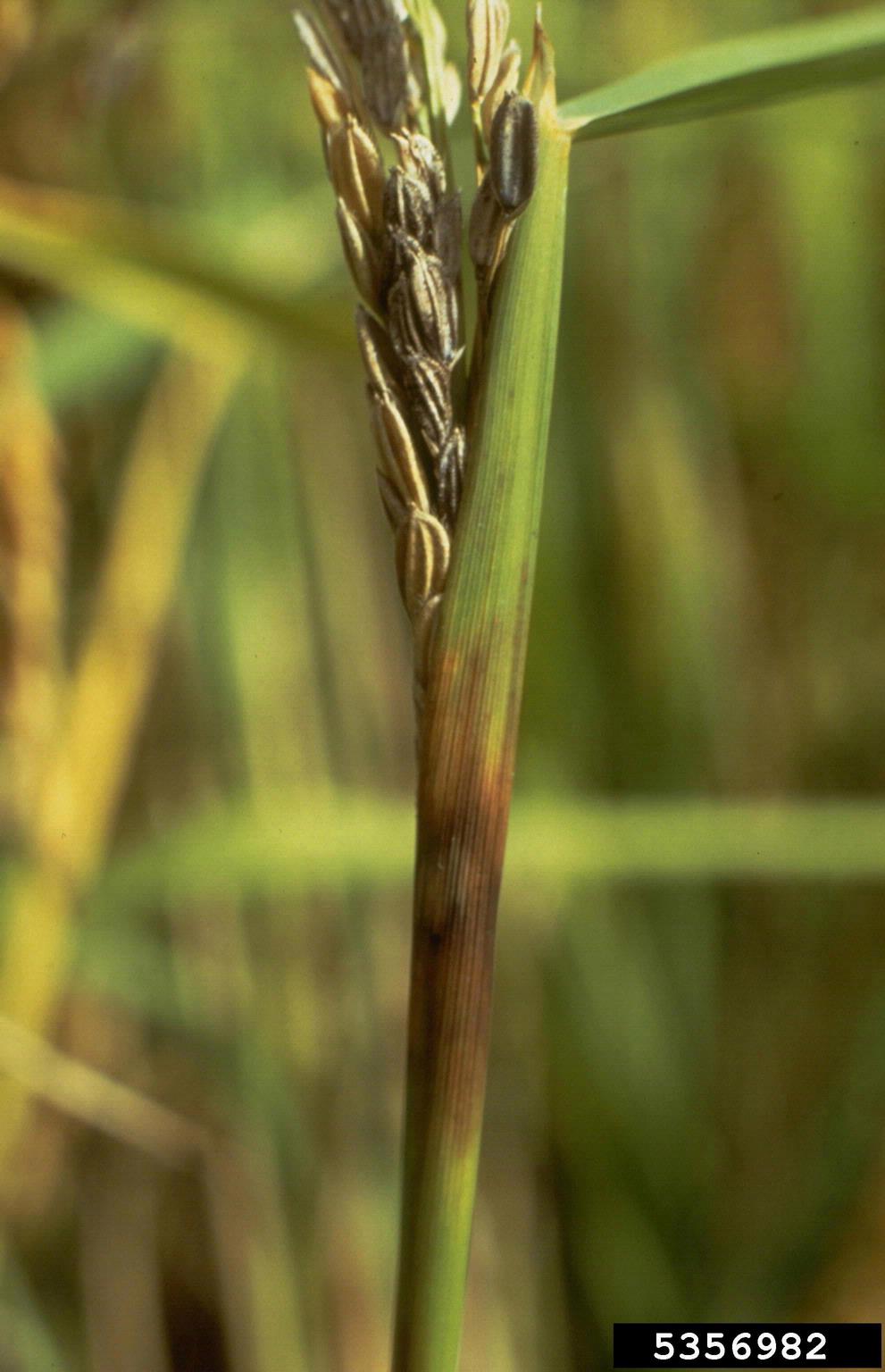

Rice is one of the most important crops in the world. It is one of the 10 most eaten crops, and in certain cultures, forms the basis for the entire diet. So when rice has a disease, it is serious business. Such is the problem with sheath rot of rice. What is rice sheath rot? Keep reading for diagnostic info and advice on treating rice sheath rot in the garden.
What is Rice Sheath Rot?
Rice is actually a member of the grass family and its arrangement is very similar. For instance, the sheath, which is a lower leaf that wraps around the stem, is much the same as any other grass plant. Rice with sheath rot will have that tubular, clasping leaf turn brownish black. This clasping leaf enshrouds the budding flowers (panicles) and future seeds, making the disease damaging where the sheath dies or infects the panicles.
The sheath is marked by reddish-brown lesions or sometimes brownish tan irregular spots on the enfolded sheath. As the disease progresses, darker dots form inside the spots. If you pulled off the sheath, white frost-like mold would be found in the interior. The panicle itself will be malformed with a twisted stem. The florets are discolored and the resulting kernels are lightweight and damaged.
In severe sheath rot of rice infections, the panicle will not even emerge. Rice with sheath rot diminishes its yield and can be infectious to uninfected crops.
What Causes Rice Black Sheath Rot?
Rice black sheath rot is a fungal disease. It is caused by Sarocladium oryzae. This is primarily a seed-borne disease. The fungus will also survive on remaining crop residue. It flourishes in overly crowded cropping situations and in plants that have damage that allows for entry of the fungus. Plants that have other disease, such as viral infections, are at greater risk.
Rice with sheath rot fungus is most prevalent during periods of wet weather and in temperatures of 68 to 82 degrees F (20-28 C). The disease is most common late in the season and causes reduced yield and malformed plants and grain.
Treating Rice Sheath Rot
An application of potassium, calcium sulfate or zinc fertilizer has been shown to strengthen the sheath and avoid much of the damage. Certain bacteria, such as Rhizobacteria, are toxic to the fungus and can suppress disease symptoms.
Gardening tips, videos, info and more delivered right to your inbox!
Sign up for the Gardening Know How newsletter today and receive a free copy of our e-book "How to Grow Delicious Tomatoes".
Crop rotation, disking and maintaining a clean field are all effective measures to prevent damage from the fungus. Removal of weed hosts in the grass family can help reduce the incidence of rice sheath rot.
Chemical fungicide applications of copper twice every other week has been shown to be effective in very infected crops. Pre-treating seed with Mancozeb prior to planting is a common reduction strategy.
Note: Any recommendations pertaining to the use of chemicals are for informational purposes only. Specific brand names or commercial products or services do not imply endorsement. Chemical control should only be used as a last resort, as organic approaches are safer and more environmentally friendly.

Bonnie Grant is a professional landscaper with a Certification in Urban Gardening. She has been gardening and writing for 15 years. A former professional chef, she has a passion for edible landscaping.
-
 Creative Ideas For Plant Containers: 7 Ways To Save Money And Add Charm To A Garden
Creative Ideas For Plant Containers: 7 Ways To Save Money And Add Charm To A GardenIf you are looking for great ways to add personality to your container gardening – and even save yourself some money – then try these creative ideas for plant containers
By Mary Ellen Ellis
-
 How To Make A Bouquet Garni Or Herb Bundle For Cooking
How To Make A Bouquet Garni Or Herb Bundle For CookingIf you’re a great cook, you may have made an herb bundle before. If this is a new idea, learn how to add sparkle and interest to your dish with a bouquet garni.
By Amy Grant
-
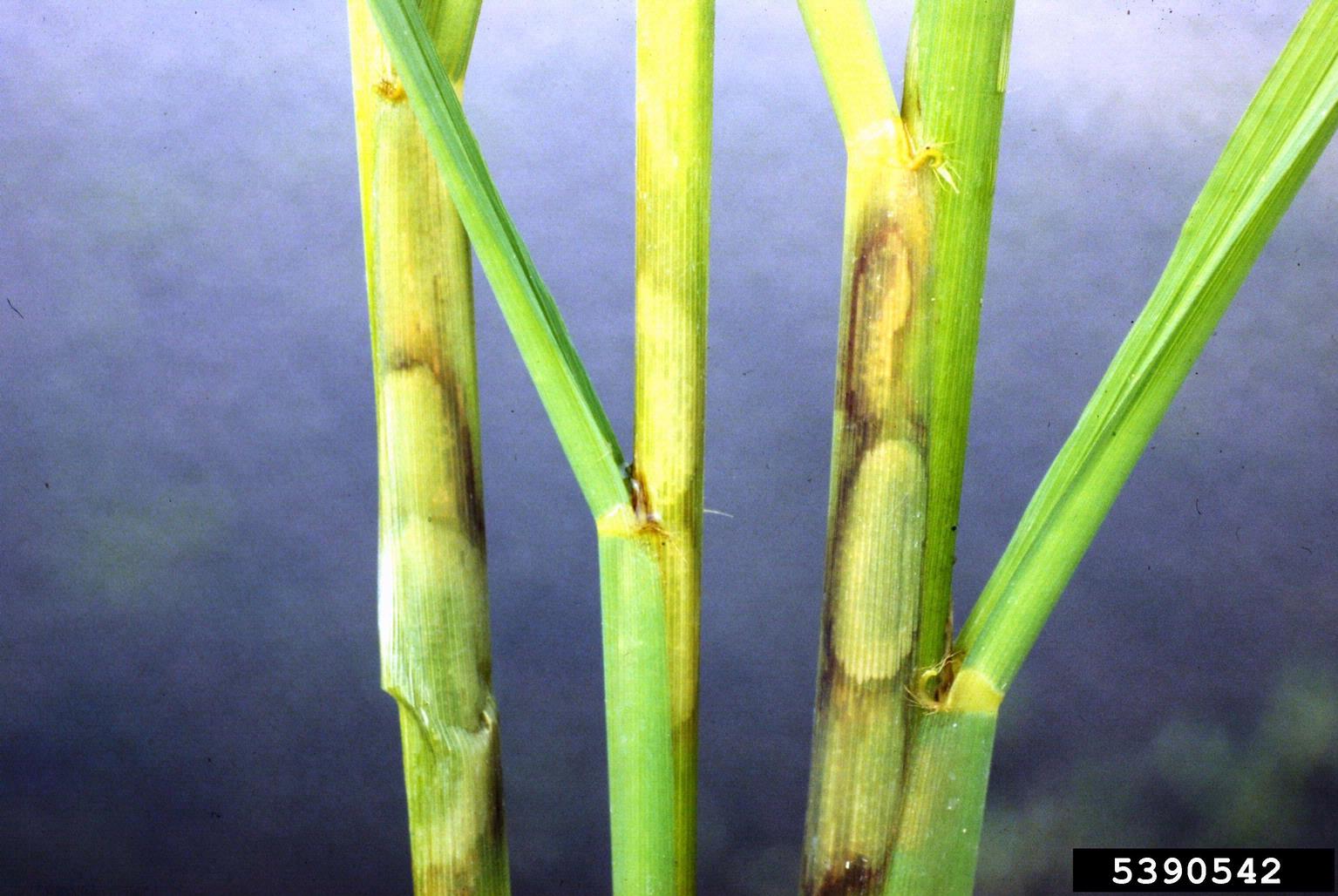 What Is Rice Sheath Blight: Treating Sheath Blight Of Rice
What Is Rice Sheath Blight: Treating Sheath Blight Of RiceAnyone who is growing rice needs to learn the basics about diseases that affect this grain. One particularly destructive disease is called rice sheath blight. What is rice sheath blight? What causes rice sheath blight? Click here to get answers to your questions.
By Teo Spengler
-
What Is Rice Straighthead: Treating Rice With Straighthead Disease
In the United States, straighthead disease of rice has been a significant problem since rice crops were first grown in the early 1900s. It appears that although arsenic is partly to blame, there are other factors as well. Click here for more information.
By Mary H. Dyer
-
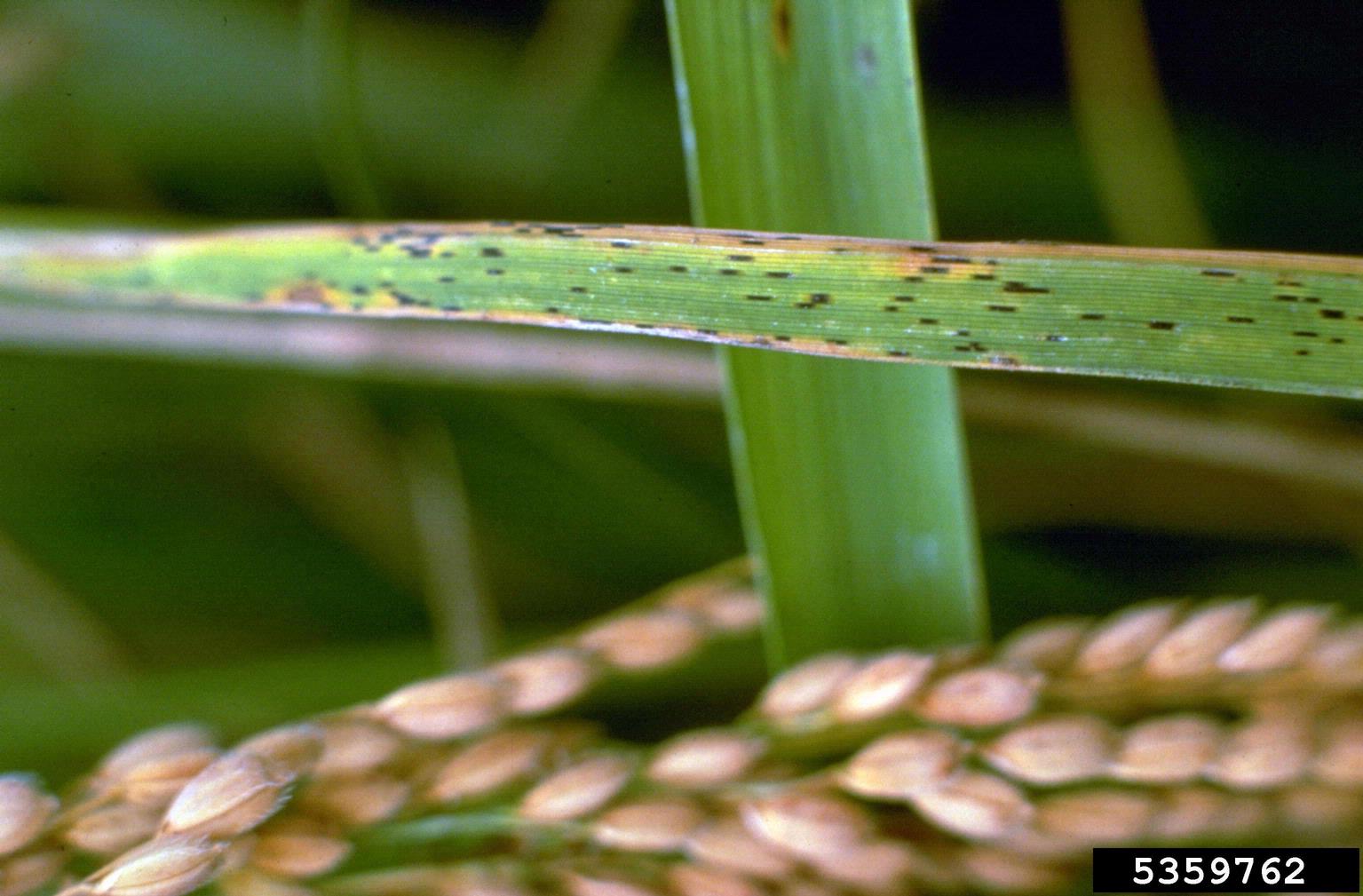 Rice Leaf Smut Info – How To Treat Leaf Smut Of Rice Crops
Rice Leaf Smut Info – How To Treat Leaf Smut Of Rice CropsRice may not be a typical backyard garden plant, but if you live somewhere soggy, it can be a great addition. Diseases can ransack your rice paddy, though, so be aware of signs of infections like leaf smut of rice and what to do to manage or treat it. Learn more here.
By Mary Ellen Ellis
-
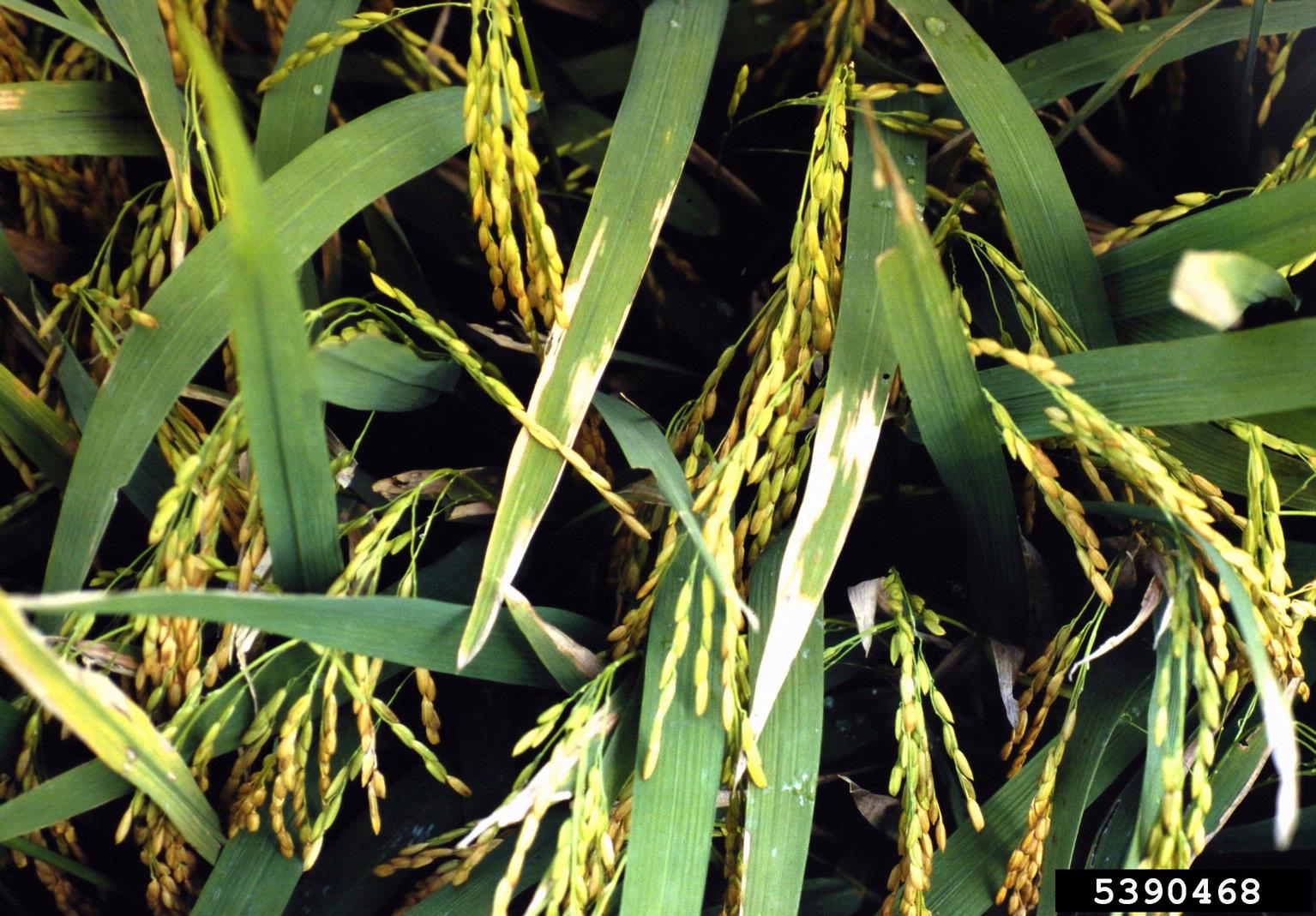 Rice Bacterial Leaf Blight Control: Treating Rice With Bacterial Leaf Blight Disease
Rice Bacterial Leaf Blight Control: Treating Rice With Bacterial Leaf Blight DiseaseBacterial leaf blight in rice is a serious disease that, at its peak, can cause losses of up to 75%. In order to effectively control rice with bacterial leaf blight, it is important to understand what it is, its symptoms, and the conditions that foster the disease. This article will help.
By Amy Grant
-
 Kernel Smut Of Rice Crops: How To Treat Rice Kernel Smut
Kernel Smut Of Rice Crops: How To Treat Rice Kernel SmutWhether growing a field of rice crops or just a few rice plants in the garden, you may at some point come across some kernel smut of rice. What is this and how can you alleviate the problem? Click the following article to learn more.
By Becca Badgett
-
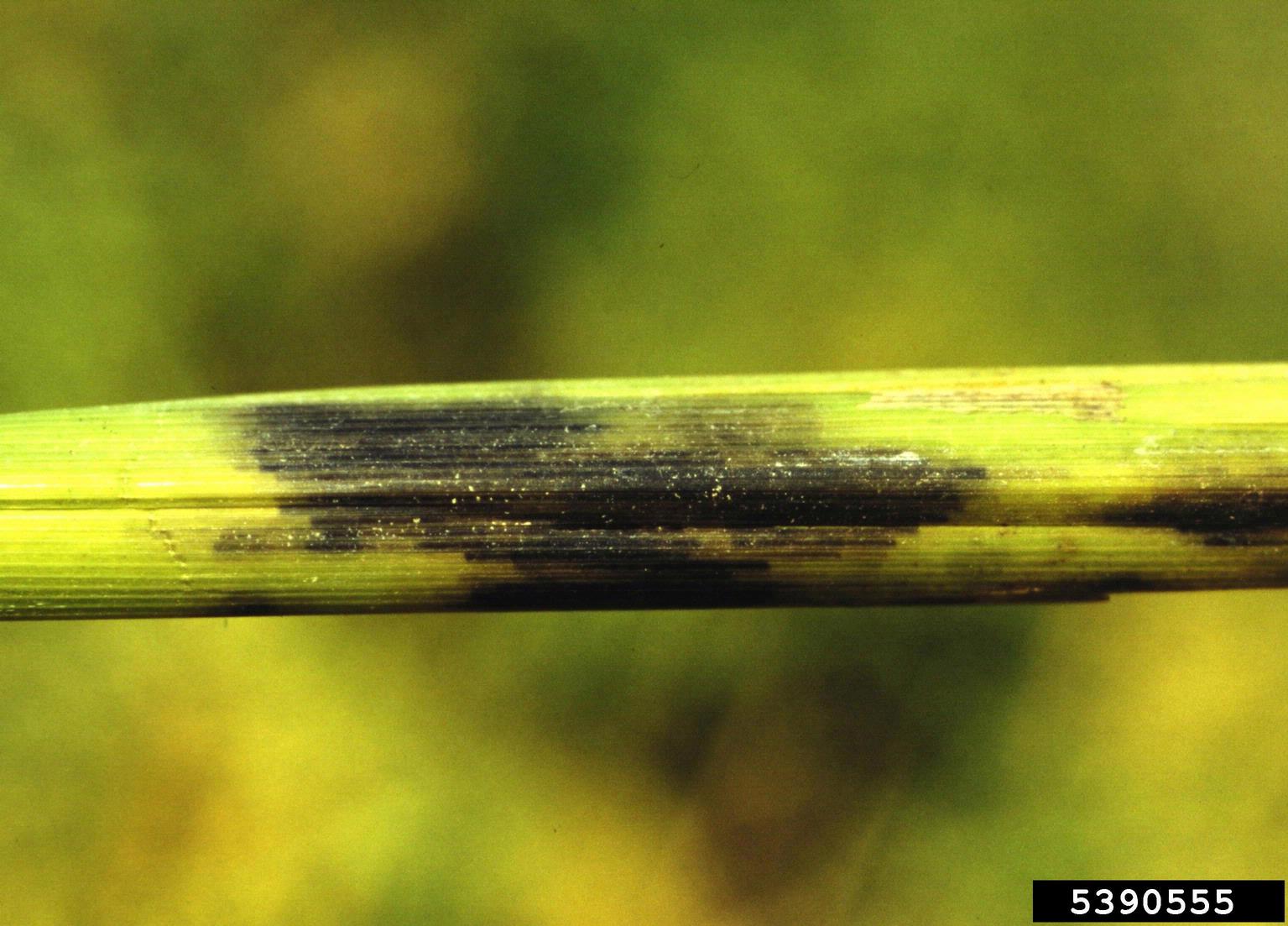 Rice Stem Rot Control – A Guide To Treating Rice Stem Rot Disease
Rice Stem Rot Control – A Guide To Treating Rice Stem Rot DiseaseAs yield losses continue to rise from stem rot in rice, new studies are being conducted to find effective methods of rice stem rot control and treatment. Click this article to learn what causes rice stem rot, as well as suggestions for treating rice stem rot in the garden.
By Darcy Larum
-
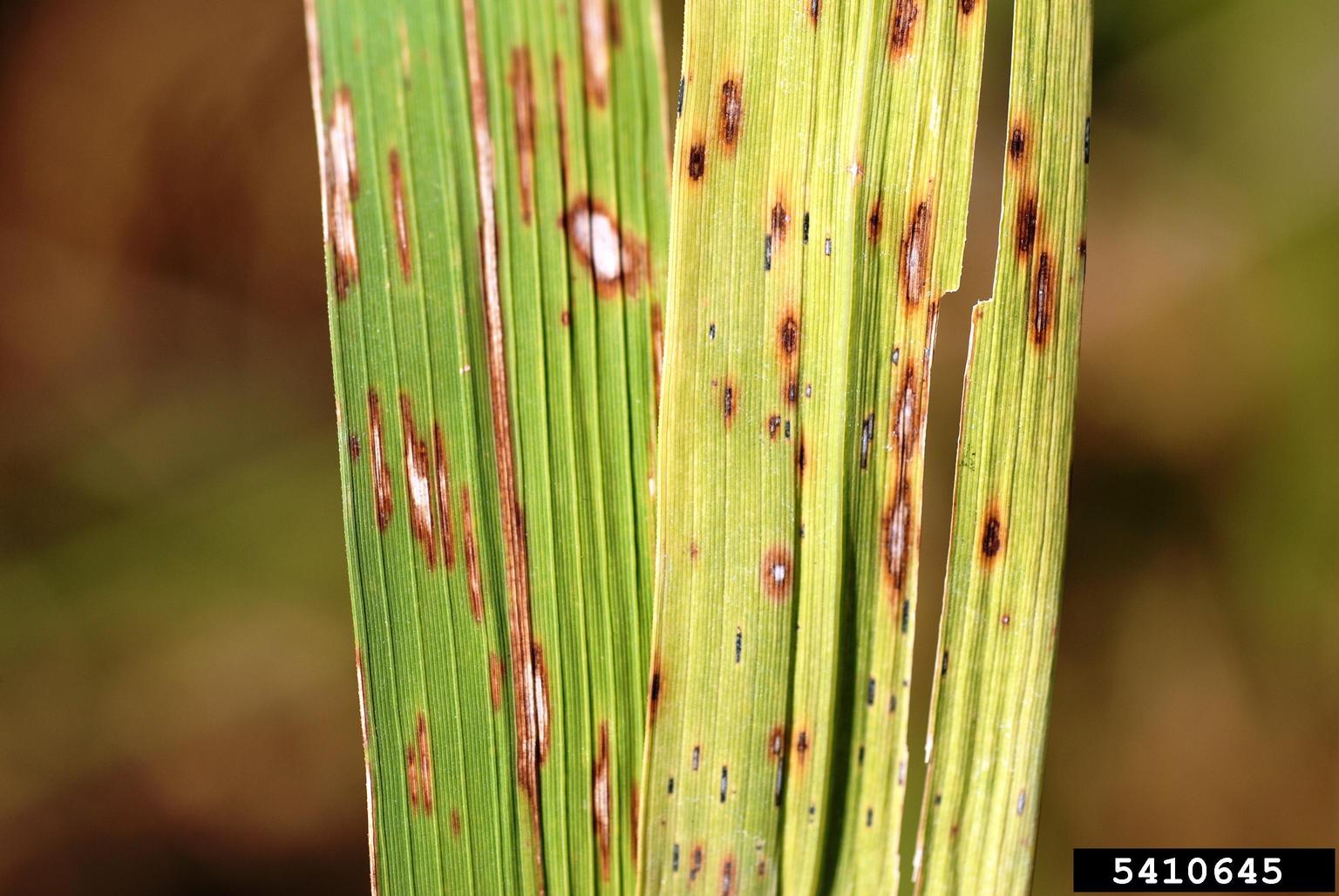 Rice Cercospora Disease – Treating Narrow Brown Leaf Spot Of Rice
Rice Cercospora Disease – Treating Narrow Brown Leaf Spot Of RiceRice can be grown successfully with careful planning and knowledge. However, many issues plague rice plants, leading to reduced yields, and even crop loss. One such disease, narrow brown leaf spot, remains troublesome for many growers. Click here to learn more.
By Tonya Barnett
-
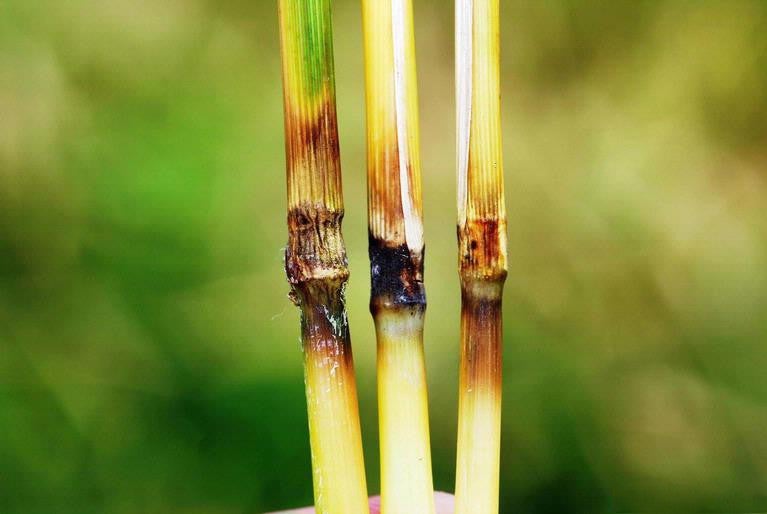 Signs Of Rice Blast Disease: Learn About Rice Blast Treatment
Signs Of Rice Blast Disease: Learn About Rice Blast TreatmentWho doesn’t like rice? It's easy and quick to prepare, it's delicious and nutritious, and it's inexpensive. However, a serious disease known as rice blast has caused devastating crop losses throughout North America and other rice-producing countries. Learn more here.
By Darcy Larum